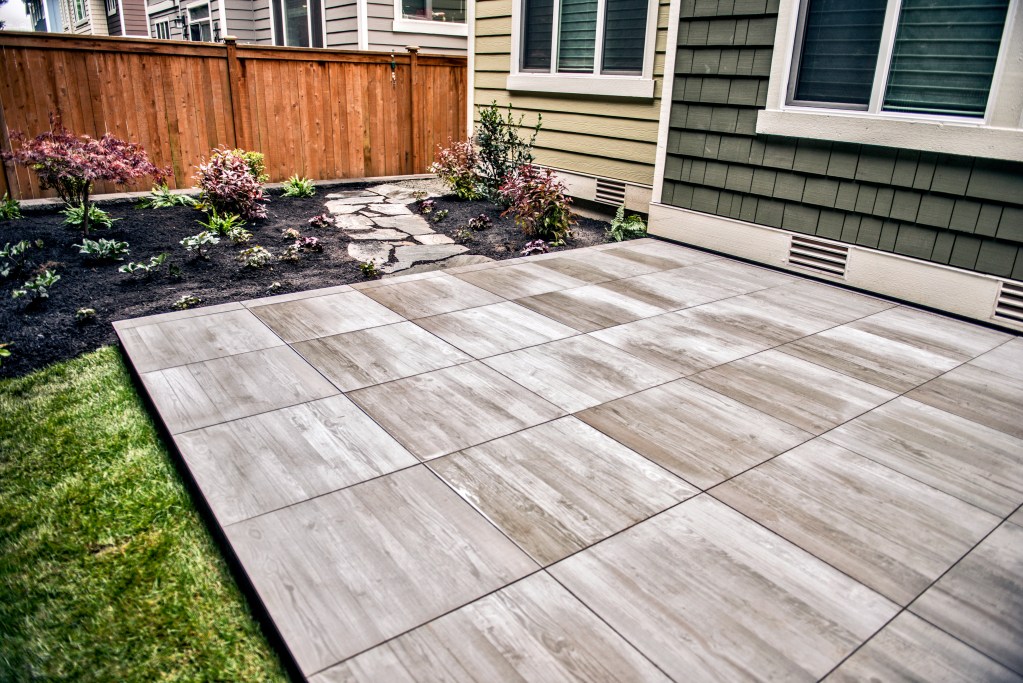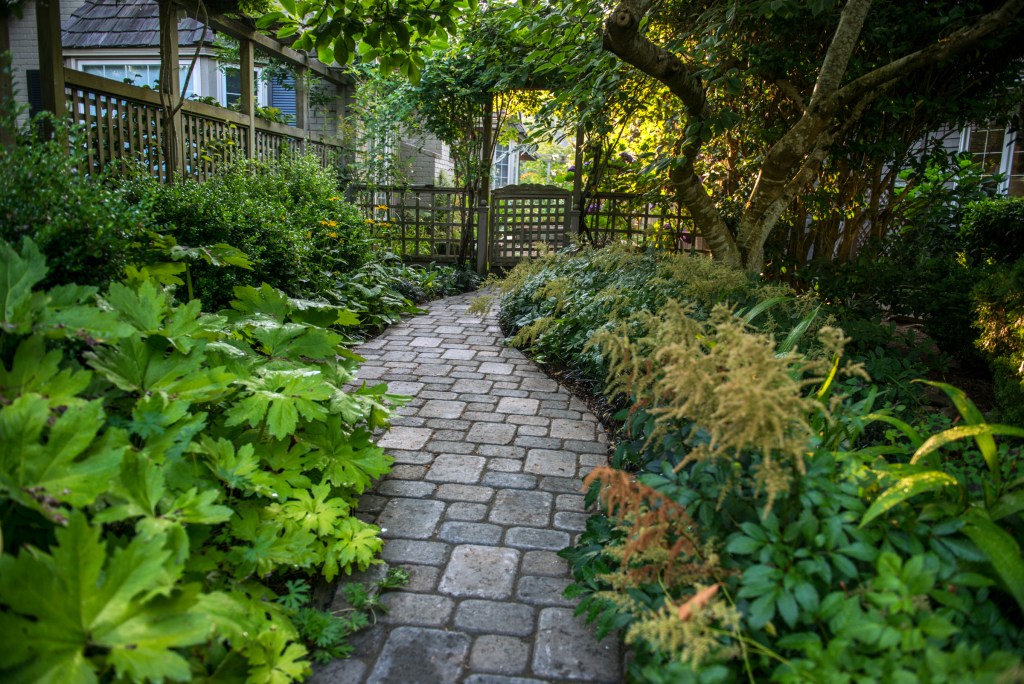Clearing Overgrown Yards in Seattle: A Step-by-Step Guide to Revitalize Your Outdoor Space
Clearing an overgrown yard is much like giving your home a deep clean—it might seem chaotic at first, but the satisfaction of the end result is well worth it. Whether your yard has been neglected for months, suffered after a long Seattle winter, or you’ve just moved into a new home, tackling an overgrown yard can feel like a monumental task. But don’t worry, I’m here to help you break it down into manageable steps. Let’s go over how to clear your yard, the essential tools you’ll need, and the best practices to make the process as smooth as possible.
Why Yard Clearing is Essential for Seattle Homes
Clearing an overgrown yard isn’t just about enhancing the appearance of your property (though that’s a huge bonus!). A clean and tidy yard provides multiple benefits that go beyond aesthetics:
- Pest Prevention: Overgrown areas can harbor pests like mosquitoes, rodents, and termites. A well-maintained yard reduces these risks.
- Protection for Plants: Excessive weeds and overgrowth can smother your garden beds and harm your plants. Clearing out invasive growth helps your garden thrive.
- Reclaiming Usable Space: After clearing away overgrowth, your yard becomes a more functional space for relaxation, gardening, or entertaining.
- Improved Safety: Fallen branches, sharp objects, and debris pose safety hazards. Clearing these things creates a safer outdoor environment for you and your family.
The Yard Clearing Process: A Simple Breakdown
Follow these easy steps to get your yard back into shape, making the job more manageable and less overwhelming.
- Survey the Yard:
Start by walking through the yard and assessing the areas that need the most attention. Identify problem areas like overgrown weeds, leaf piles, excessive grass, fallen branches, or any hidden debris. Watch out for potential hazards such as stumps, rocks, and critters that might have taken refuge. - Tackle Large Debris First:
Remove the big stuff—fallen logs, branches, and large debris. This will clear the way for the more detailed work ahead. - Cut Back Overgrown Grass & Weeds:
A string trimmer (weed wacker) or lawnmower works well for cutting back tall grass and weeds. If the grass is particularly long, start with a higher cutting setting and then go back over it with a lower setting. - Remove Weeds and Their Roots:
After you’ve trimmed down the grass and weeds, focus on pulling weeds from flower beds, walkways, and between patio stones. For stubborn weeds, use a garden fork or weed puller to get to the roots. - Rake Up Leaves & Twigs:
Using a sturdy rake, gather leaves, twigs, and other small debris into piles. You can either bag the debris for disposal or add it to your compost pile. - Dispose of Green Waste:
Bag up the green waste, or take it to your local composting or yard waste facility. In Seattle, there’s a yard waste pickup service, so take full advantage of it to get rid of your waste easily. - Fine-Tune & Clean Up:
After the bulk of the work is done, take a final sweep around the yard. Trim edges, tidy up flower beds, and make sure no small debris is left behind.
Common Tools for Yard Clearing: What You’ll Need
Having the right tools can make yard clearing much more efficient. Here are the essential tools you’ll need:
- Lawnmower: For cutting down tall grass. Choose one with adjustable height settings to tackle areas with varying grass heights.
- String Trimmer (Weed Wacker): Ideal for getting into tight corners and hard-to-reach areas like along fences or around trees.
- Rake: A heavy-duty rake is a must for gathering leaves, twigs, and other debris.
- Pruning Shears & Loppers: Use these for trimming overgrown shrubs, bushes, and smaller tree branches.
- Weed Puller or Garden Fork: For digging up stubborn weeds and their roots.
- Shovel: A helpful tool if you’re dealing with compacted areas of debris or weeds.
- Gloves & Safety Gear: Always wear sturdy gloves to protect your hands from rough branches and thorns. For safety, use goggles if working with power tools.
Common Yard Clearing Materials: What to Have on Hand
While you don’t need many materials, there are a few that will make the process easier:
- Trash Bags: Heavy-duty bags for collecting yard waste and debris.
- Compost Bins: Perfect for recycling organic material like leaves, grass clippings, and small twigs.
- Mulch or Gravel: After clearing your yard, apply mulch or gravel to garden beds and walkways to prevent new weeds from sprouting.
Best Practices for Yard Clearing in Seattle
Seattle’s climate can make yard clearing a bit tricky, but with these best practices, you’ll be ready to take on the challenge:
- Pick the Right Day: Seattle’s rainy weather can make the job harder. Choose a dry, mild day so you don’t have to deal with slippery surfaces or soggy soil.
- Start Early: Clearing an overgrown yard takes time. Start early so you have plenty of daylight to get the job done.
- Clear in Layers: If your yard is severely overgrown, tackle it in stages. Start with cutting down the tallest weeds and grass, then move on to finer details like trimming and pulling weeds.
- Compost Yard Waste: Be eco-friendly and compost your yard waste. It’s a great way to recycle organic material and create rich compost for future gardening projects.
- Stay Consistent: After clearing your yard, set up a routine for mowing, weeding, and general maintenance to keep it looking neat year-round.
Final Thoughts: Enjoy the Process and Take Your Time
Clearing an overgrown yard might feel overwhelming at first, but with the right tools, a solid plan, and a little elbow grease, you can transform your yard into a beautiful and functional space. Take breaks when needed, drink water to stay hydrated, and remember to pace yourself—yard work can be demanding.
If the task seems too large, don’t hesitate to call in help! As a professional landscaper, I’ve got the tools and expertise to get your yard back into shape quickly and efficiently.
Whether you’re tackling it yourself or hiring help, the result will be worth the effort—a neat, clean, and inviting outdoor space ready for whatever your next project might be.


















